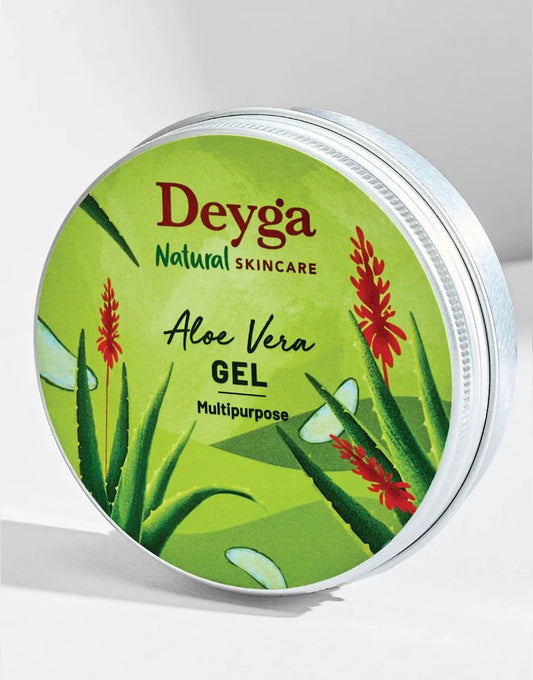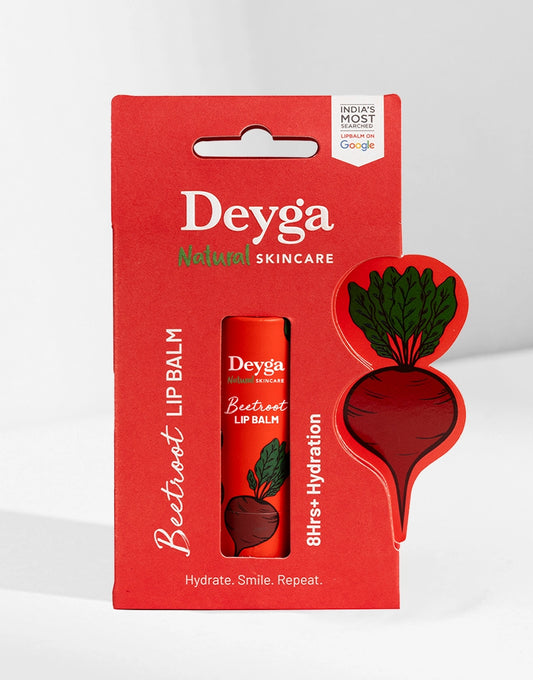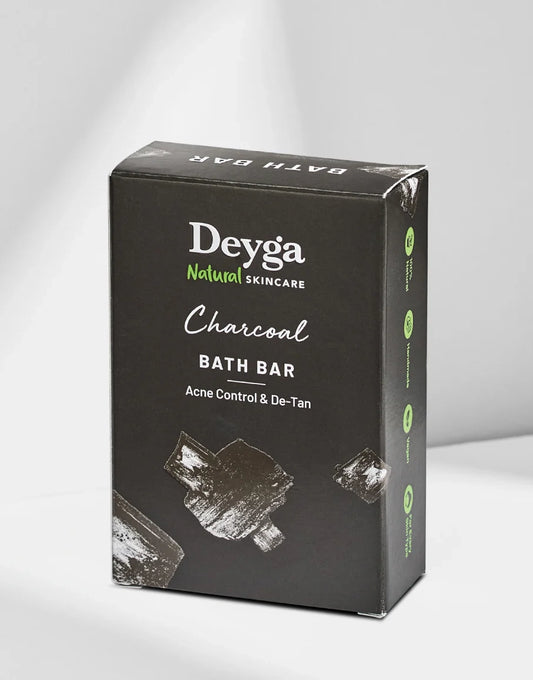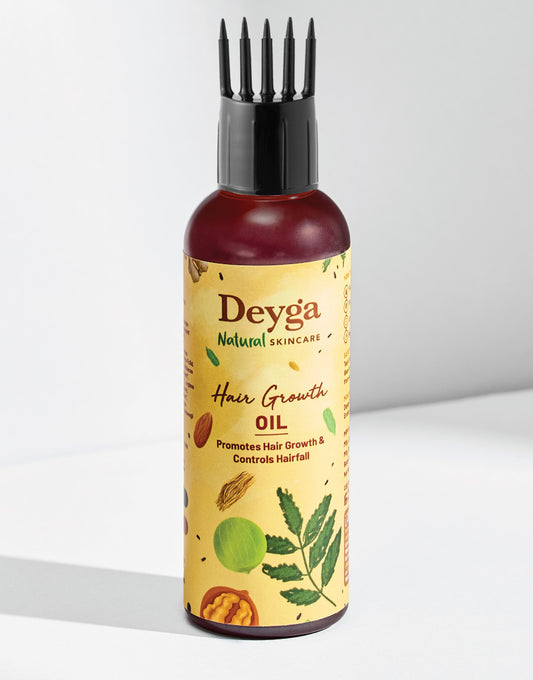For someone who is tired of flakiness and itchiness in the scalp,the common DIY ingredient which most of them use will be Tea Tree Oil. Confused whether they will do magic or it's just any common DIY, which is not worth the hype? No, they are doing wonders especially when its formulated and used correctly.
In this blog, you will know in detail about tea tree oil, and how they create an impact in scalp health especially for people with dandruff.
Tea Tree Oil for Dandruff: Does It Really Work?
Yes, tea tree oil based shampoo especially when they are 5% and above, they do wonders in scalp health for people dealing with dandruff. Even though there are dermat-tested and worked shampoos like Ketoconazole or Selenium or ZPT, this works best but not as much as dermat recommended shampoo’s.
Always make sure to patch tests when you are incorporating any new ingredient or product in your skincare or haircare routine.
How to Use Tea Tree Oil for Dandruff
When it comes to any specific ingredient, there are two ways to use them. One is product based (shampoo or hair mask), and another will be DIY based.
Option A — Tea Tree Oil shampoo
-
Pick a shampoo, which has around 5% tea tree oil.
-
Start with once/week, and you can gradually increase for twice to thrice per week.
-
When you are using these shampoo, they should sit in the scalp before washing. Massage the shampoo well and leave for 5 to 10 minutes before rinsing.
-
If you see no improvements in 2–4 weeks, then you can mix them with ketoconazole (1–2%), selenium sulfide (1%), or zinc pyrithione (1%).
Option B — DIY Tea Tree Scalp Treatment
-
Ensure to use 0.5 -- 1% TTO in a carrier oils; FOr people with sensitive scalps can start at 0.25 -- 0.5%.
-
Patch test every time when you are using this DIY ingredient. If you have redness or itchiness, make sure to stop and wash off immediately.
-
While using DIY packs or masks, section them separately and apply them all over your scalp and wash them off within an hour.
-
When you get irritated, stop and switch them to EO anti-fungal shampoo.
Does Tea Tree Oil help Dandruff?
A randomized, double-blind study said that people using 5% tea tree oil shampoo have seen results in dandruff reduction, itchiness, and even greasy scalp.
Tea Tree Oil and Coconut Oil for Scalp: Does The Combo Help?
Coconut oil is an emollient which helps in reducing the dryness in the skin, but they does help in reducing your dandruff. When both TTO and CO are combined, they have the chance to keep the scalp healthy and at the same time reduce the dandruff to a certain extent. If your flakiness exists even while using tea tree oil, try swapping with ketoconazole/selenium/ZPT.
Aloe Vera and Tea Tree Oil for Scalp
Aloe vera helps in soothing your scalp temporarily, but when used in the long run they have the chances to give a healthy scalp and strong hair. The Aloe Vera + Tea Tree combination does help in treating dandruff compared to the anti-dandruff shampoos available online. If you are using this for the first time, make sure to keep TTO diluted; Patch test initially and see if your flakes have been reduced.
DIY Tea Tree Oil Hair Mask
You can even make DIY hair masks by combining them with the scalp-friendly ingredients. Apply them focussing on your scalp, and not in the lengths. Start with lower concentration initially, and then you can increase gradually.
Ensure to wash off properly as no-residues remain on the hair. This should be done way more carefully to avoid product build-ups.
Best Tea Tree Oil for Dandruff
-
You can pick any Tea Tree Oil based shampoo, which is around 5% and use them twice in a week for a couple of months. Make sure to keep them in scalp for 5 mins minimum and then wash off
-
For DIY, you can take fresh or concentrated tea tea oil. You can take 2 to 3 drops and apply in any of your haircare products like masks, packs, or shampoos. Store in a cool, dark place to get their benefits fully.
-
If TTO alone does not seem to work for you, go with products like ketoconazole or selenium sulfide per label.
When to Switch: Ketoconazole, Selenium Sulfide & Zinc Pyrithione
If you don’t see any kind of improvements post using TTO based shampoo’s, here are few more suggestion which can help:
-
Ketoconazole (1–2%) — strong data vs. Malassezia; often first pick.
-
Selenium sulfide (1%) — curbs yeast and scaling; good for heavy flaking.
-
Zinc pyrithione (1%) — antimicrobial; gentle for frequent use. (General clinical guidance.)
Rotate the above actives from time-to-time, and you can see the results in a limited time period. Also make sure to do good haircare maintenance for the results to stay longer than usual.
Side Effects & Patch Test: Tea Tree Oil Safety
-
Irritation/allergy: Tea tree oil might cause allergies as they tend to oxidize soon. So, make sure to do a patch while using them every single time.
-
Never ingest tea tree oil.
-
It’s better to keep TTO away from your pets like dogs and cats. It;s because even a small amount when ingested can cause harmful effects.
Conclusion
Tea tree oil can play a role, especially as a 5% shampoo, but they are not best out of all available. Use them for a few weeks; And if flakes and itchiness remain, you can swap to other products like ketoconazole, selenium sulfide, or zinc pyrithione, and keep proper contact time.
Whatever you choose, patch test, never ingest TTO, store it well to avoid oxidation, and keep it away from pets. For stubborn, spreading, or painful symptoms, see a dermatologist.
FAQs
Does tea tree oil cure dandruff?
No. It can help, but antifungal shampoos remain first-line for most people. If you are using it for the first time, ensure patch testing them.
How to make tea tree oil for hair (anti-dandruff mix)?
Dilute to 0.5 -- 1% in any of your carrier oils like jojoba oil or coconut oil. Patch test for a minimum of 48 hrs, apply to the scalp for 30–60 minutes, then shampoo out. Stop if irritated.
How long until I see results?
Once after using them consistently for a minimum of 2 to4 weeks, check the scalp area. If flakes exist, you can swap them!
Is a DIY tea tree scalp treatment safe?
Yes for many, if diluted and patch-tested, but contact dermatitis is possible; avoid it if you have very sensitive/eczema-prone skin.
Can I mix tea tree oil and coconut oil for hair?
Yes, as a carrier-based dilution. Keep TTO at ≤1% and rinse; don’t rely on it if dandruff persists—use antifungal shampoos.
 Track My Order
Track My Order












